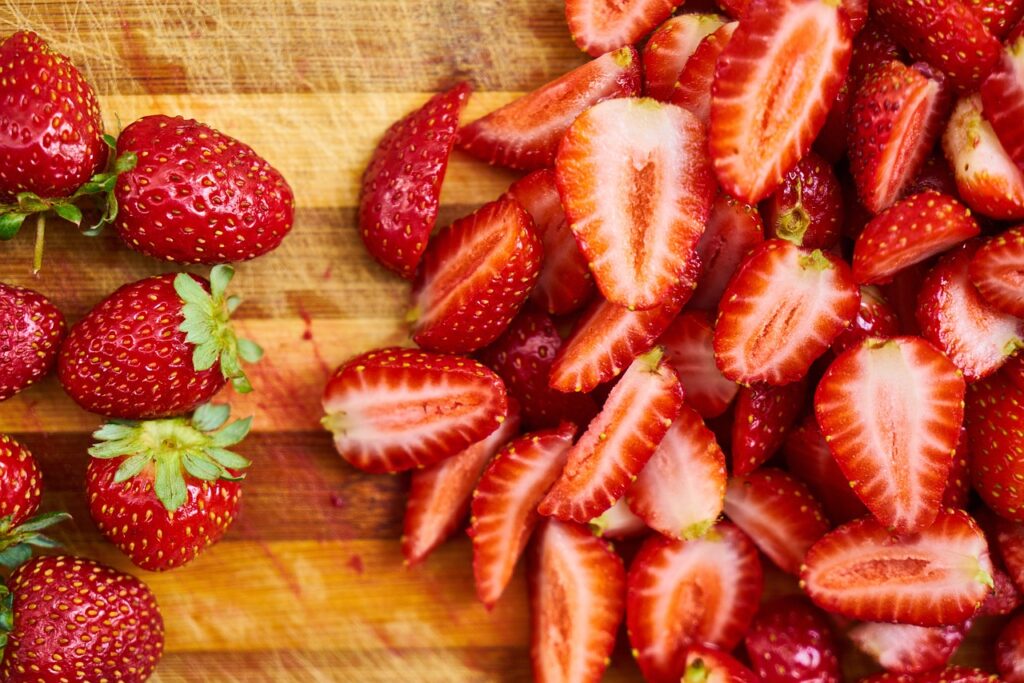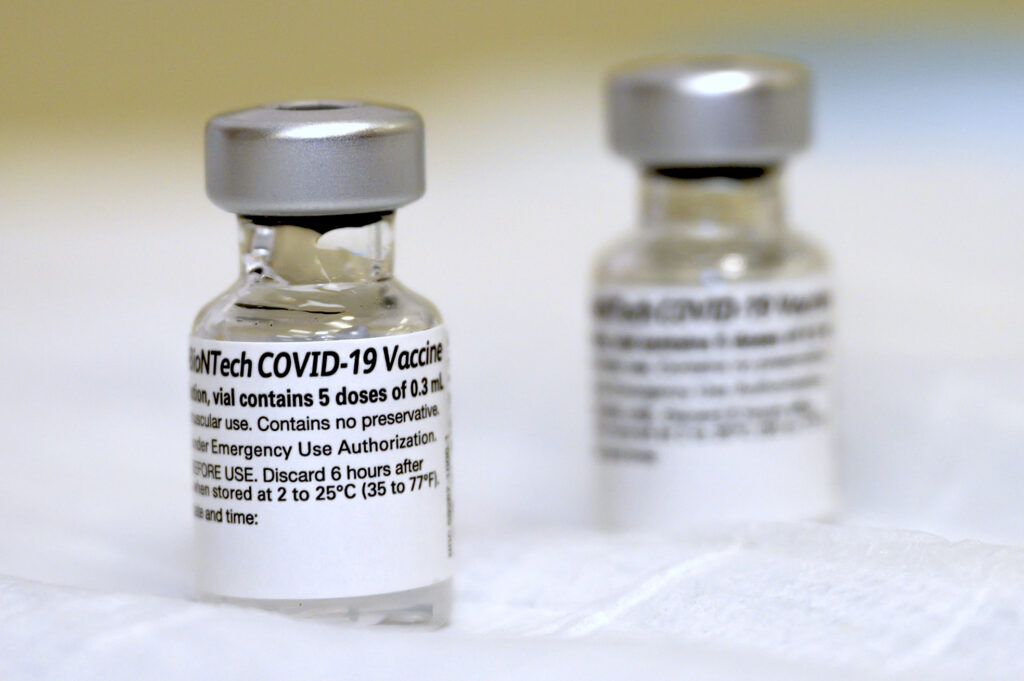In the digital age, social media is not just a platform for sharing selfies and staying connected with friends; it has evolved into a powerful influencer of our daily choices, including what we eat. A recent study by researchers from Aston University has shed light on the significant impact that social media can have on our dietary habits, particularly when it comes to increasing the consumption of fruits and vegetables and reducing the intake of junk food.
The study, which involved 52 volunteers with a mean age of 22, found that those who followed healthy eating accounts on Instagram for a mere two weeks consumed an additional 1.4 portions of fruit and vegetables per day and 0.8 fewer high-calorie snacks and sugar-sweetened drinks. This is a remarkable finding, considering the brevity of the intervention and the simplicity of the action required—simply following certain accounts.
Why Is Social Media So Influential on Our Eating Habits
The answer lies in the concept of affiliation. The study suggests that when individuals feel a sense of connection with others on social media platforms, they are more likely to adopt behaviors that are consistent with the group’s norms. In this case, the positive portrayal of healthy eating on Instagram accounts led to an alignment of personal eating habits with the healthy behaviors depicted.
This phenomenon is not entirely new. Previous research has indicated that exposure to positive social norms, such as posters in canteens promoting vegetable consumption or campaigns in bars discouraging excessive drinking, can influence behavior. Social media, with its vast reach and deeply integrated role in our lives, is simply the latest and perhaps one of the most effective mediums for disseminating these norms.
The implications of these findings are significant, especially when considering the public health challenge of low fruit and vegetable consumption. In the UK, for instance, only 28% of the population meets the recommended five portions of fruit and vegetables per day. Given the link between diet and chronic diseases such as heart disease, cancer, and stroke, strategies that can effectively encourage healthier eating are invaluable.
The researchers behind the study, Dr. Lily Hawkins, Dr. Jason Thomas, and Professor Claire Farrow, are optimistic about the potential of social media as a tool for public health intervention. Dr. Thomas highlights the appeal of such interventions, noting that they can lead to ‘substantial improvements in diet, at zero cost.’ Dr. Hawkins adds that this pilot study demonstrates the real-world applicability of social media influence on food consumption.
As we look to the future, the next steps for this research include exploring whether these interventions can change our perceptions of what others are consuming and if the effects are sustainable over time. With further investigation, social media could become a cornerstone in the fight against diet-related health issues, offering a cost-effective and far-reaching method for promoting healthier lifestyles.
The Aston University study provides compelling evidence that social media can be more than just a platform for entertainment and communication—it can be a catalyst for positive change in our eating habits. By understanding and harnessing the power of social networks and social norms, we can open up new avenues for public health initiatives that empower individuals to make better dietary choices for a healthier future.
Harnessing Social Media for Public Health: Strategies and Challenges
Social media has become an integral part of our daily lives, influencing our choices, shaping our opinions, and connecting us with communities that share our interests. The recent study by Aston University researchers demonstrates the potential of social media to positively influence dietary habits. However, to effectively harness social media for public health, we must develop strategic approaches and navigate various challenges.
One of the most effective strategies is to create focused social media campaigns. These campaigns can revolve around specific health topics, such as increasing fruit and vegetable intake or reducing consumption of high-calorie snacks. By staying focused on a theme, campaigns can provide a clear and consistent message that resonates with the audience. For example, a campaign could use the hashtag #FruitVegBoost to track posts and engage users in a conversation about incorporating more produce into their meals.
Compiling content ahead of time is crucial for maintaining a steady stream of engaging posts. This content can include informative articles, eye-catching infographics, and inspiring success stories. Involving students, parents, and staff in content creation not only spreads the workload but also ensures that the campaign reflects the community’s diverse voices. Moreover, featuring student role models, school mascots, or administrators in campaign imagery can lend credibility and relatability to the message.

Delegating responsibilities among team members can help manage content across different social media platforms. Each platform has its unique strengths—Pinterest is great for sharing visual ideas, Facebook excels at fostering community discussions, Twitter is ideal for quick updates, and Instagram can showcase vibrant images of healthy foods and activities. By understanding the nuances of each platform, campaigns can tailor their content to maximize engagement.
Setting clear goals for the campaign, such as a target number of posts or a specific timeframe, helps maintain focus and momentum. Additionally, choosing a creative and fun hashtag can make the campaign more memorable and encourage widespread participation.
Social media can also be used to host healthy competitions that encourage community involvement. Challenges like tracking water consumption, hosting walking competitions, or sharing healthy snacks can be promoted through social media, with participants using a school hashtag to post updates and photos. These challenges not only promote healthy behaviors but also foster a sense of camaraderie and friendly competition.
Promoting school wellness events through social media is another effective strategy. By posting updates before, during, and after events, schools can generate excitement, showcase the fun aspects of healthy living, and express gratitude to volunteers and participants. Additionally, social media can serve as a platform for communicating important information about school wellness policies and initiatives, ensuring that the school community is informed and engaged.
However, there are challenges to consider when using social media for public health. Ensuring that the content is accurate, evidence-based, and culturally sensitive is paramount. Misinformation can spread quickly on social media, so it’s essential to fact-check all information before posting. Additionally, it’s important to consider the digital divide and ensure that campaigns are inclusive of all community members, regardless of their access to technology.
Another challenge is the potential for social media to promote unhealthy behaviors. While the Aston University study focused on positive influences, it’s well-known that social media can also be a platform for promoting unhealthy diets and lifestyles. Public health campaigns must navigate this landscape carefully, countering negative influences with positive, empowering messages.
Social media offers a powerful platform for public health initiatives aimed at improving dietary habits. By developing focused campaigns, involving the community, and leveraging the unique strengths of different platforms, we can inspire and empower individuals to make healthier choices. While challenges exist, the potential benefits for public health are significant. As we continue to explore the impact of social media on behavior, we open up new possibilities for promoting wellness and preventing chronic diseases associated with poor diet. The future of public health may very well be shaped by the tweets, posts, and pins of today.
Related posts:
Social Media to Promote Health
How Following Healthy Eating Accounts On Social Media Can Improve Your Diet
Social Media Helps Young People Eat More Fruits and Veggies





